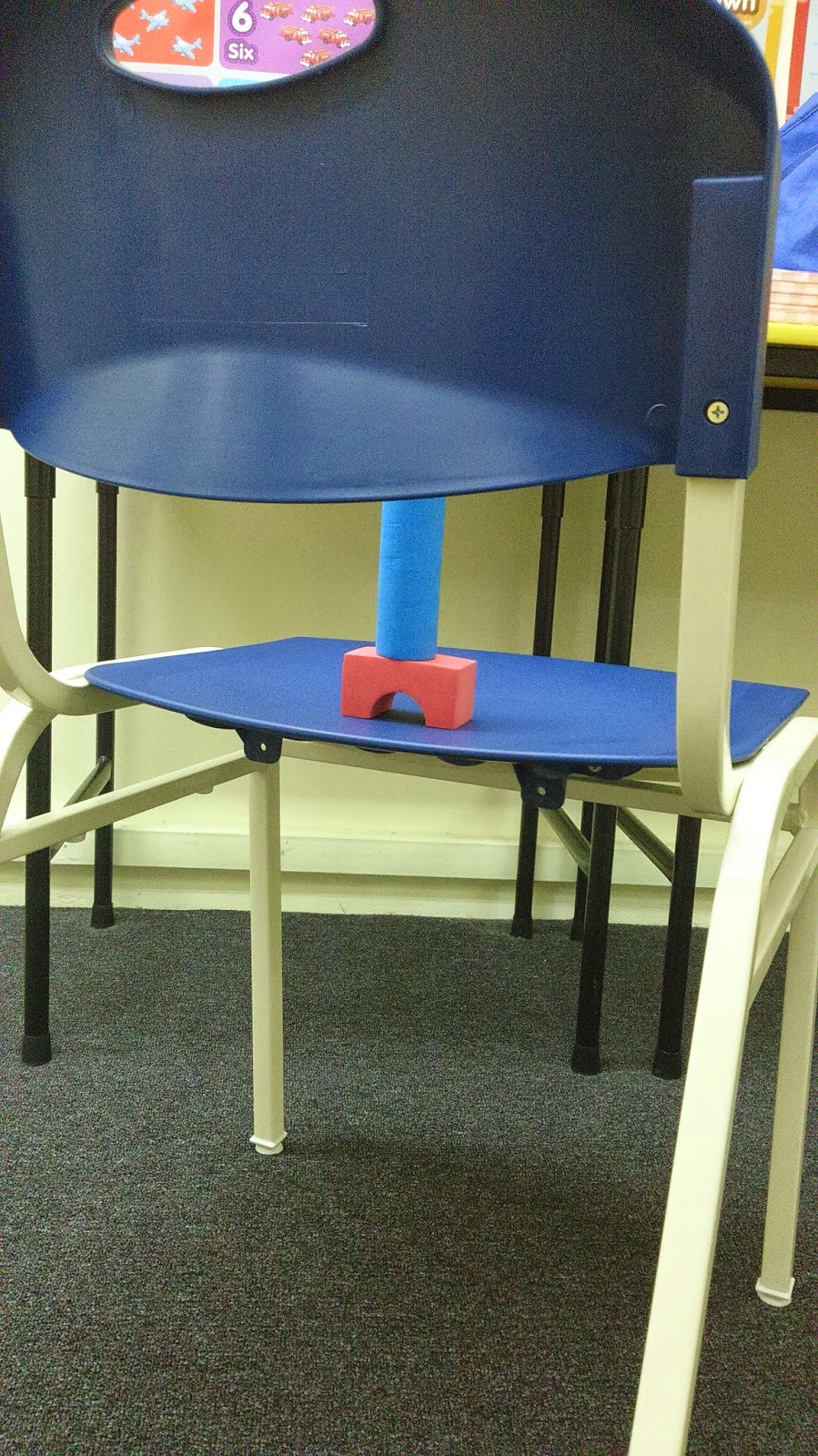Finally, December 2014 is here and that means that the school session for 2014 is already come to an end. Letzhop Selayang has managed to organize several annual activities such as camping and visiting the National Zoo with the autistic children.
We conducted an indoor camping program the centre, where all teachers were involved during the three days and two nights session, including a few volunteers who were brought along by the teachers. We received so many positive feedbacks from the parents as at first, they were quite doubtful in allowing their children to join the program due to some worries like unable to adjust to the new surrounding at night without their parents or guardians. The parents were eventually amazed and felt quite a relieve when they found out that their children were very comfortable and had a lot of fun throughout the days as teachers did so many activities such as egg peeling, colouring, and outdoor activities at the nearest playground in the Selayang’s Metropolitan Park, near the centre. The main objectives of the program were to strengthen the relationship between parents, teachers, and the children in getting a stronger bond with one another. The program was also held to help the children to be more independent without their parents, and to improve the children’s self-help and living skills.
Besides than taking them to the nearest playground, we also brought them to the National Zoo on the second day. With the help from the volunteers, the visit went quite smoothly. Children with Autism may have difficulties to walk around a place that is surrounded with animals or any unfamiliar figures/objects. In this case, our students were not familiar with the bigger animals at the zoo and at first, they were terrified of the animals and refused to get close to the animals' compound. However, the teachers managed to persuade the students to walk through the area and help them to conquer their fears. The children had a lot of fun with the trip and enjoyed the experiences and new things gathered the whole day. It was also a relief to the teachers seeing that the parents were also happy to find out that the children were safe and had a great time.
The memorable trip and camping program were truly meaningful to each and every one of us here at Letzhop Selayang as we ended our school year in 2014 with a lot of challenging, interesting, and yet, inspiring experiences with our children. We are hoping that the year 2015 will give us more happy, yet meaningful experiences with our children. We wish to also improve ourselves in helping the children to live their lives as other children out there. As teachers, we are willing to help them as much as we could and hoping for the best. We hope to see everyone again in 2015 and we wish everyone a Happy New Year. “Bye-bye 2014, and welcome 2015!”
Please go to Letzhop Selayang's main Facebook page to view the awesome pictures captured during the camping program!
Authored by,
Teacher Edia
LETZHOP Selayang


































